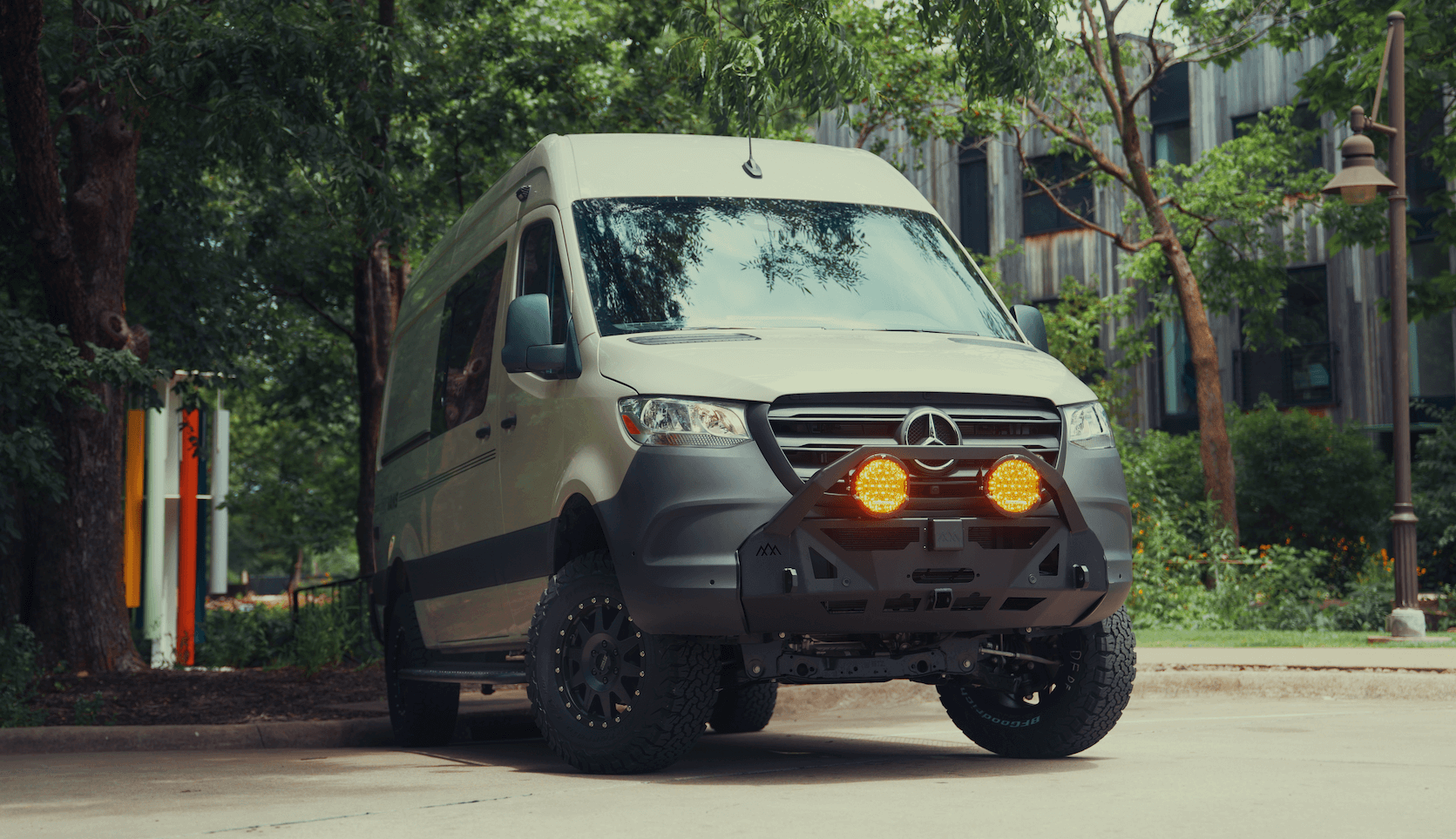Recreational Vans

On a bitter morning, the battle is not the snow on top, it is the thin bond of ice gripping the glass. Heated windshield covers address that bond. Some are true powered covers with resistive wires inside the fabric that warm the surface. Others are insulated thermal covers that hold engine heat and cabin warmth so the factory defroster can finish the job faster. Both approaches aim for the same result. You get a clear screen without chiseling at frozen glass.
Powered covers use simple physics. An electric element converts 12 volt energy to heat, typically in the 80 to 150 watt range for van sized glass. That output loosens frost and slush so the sheet peels away cleanly. A thermal only cover does not generate heat. Instead it blocks wind chill, limits radiative cooling, and helps prevent fresh frost from forming while you are parked.
Plan for about 7 to 12.5 amps at 12 volt for many powered covers. Always verify the manufacturer rating and add a fuse sized to spec.
A cover that seals the A pillar to A pillar span and anchors under the doors resists wind lift. Heated windshield covers work best when the fabric sits flat against the glass so warmth spreads evenly. Side mirror mitts and wiper pockets add protection where ice loves to linger.
Look for clear on board indicators, a timer, and a thermostat or at least staged settings. Heat without control can waste energy or stress a battery. Never drive with a cover installed and keep heating elements away from sharp edges.
The payoff is time and safety. No aggressive scraping means fewer micro scratches that can cause glare at night. Wiper blades last longer because they are not forced across gritty ice. Driver vision improves faster which is the whole point.
There are tradeoffs to weigh. Electrical draw in subfreezing temperatures hits batteries harder. If you rely on a single starter battery, use short heat cycles and let the alternator recharge before repeated use. Moisture can collect between a warm cover and cold glass, so after the ice falls away, remove the cover and let the glass breathe to prevent refreezing. Fabric needs to dry before storage, otherwise mildew can creep in.
Prevention wins. If you power the cover before frost forms, it keeps the glass above the dew point so ice never bonds. When ice is already set, budget a few more minutes of heat to loosen it.
Cold cranks are tougher on batteries. If you run a powered cover from an auxiliary pack, include a low voltage cut off to protect your system. For shore power, a smart charger keeps the battery topped while you preheat.
Shake off slush, hang dry the fabric, and coil cords loosely. Inspect connectors for corrosion. A clean, dry cover lasts longer and transfers heat more evenly.
Measure your windshield height and width, including the curved corners, and match the stated size range. For van platforms, pay attention to door capture flaps that tuck behind the seal so the wind cannot take the cover. Material quality matters. A double layer fabric with a heat reflective interior and a weather rated outer shell handles snow load and resists UV on blue sky days.
Electrical details deserve attention. Heated windshield covers should include correct gauge wiring, an inline fuse, and strain relief near the plug. If you add a hardwired circuit, route away from pinch points and use grommets where the wire passes through metal. For control, a simple timer from 10 to 30 minutes avoids overuse.
Modern vans use cameras near the rearview area. Make sure the cover does not press sensor housings or leave adhesive residue. Keep heat away from plastic trim that is not designed for sustained warmth.
Brush the bulk snow off first. Then power the heated windshield cover for a short cycle to detach any stubborn layer. This reduces effort and keeps ice shards from scratching the glass.
When parking overnight, angle the nose away from prevailing wind and pop the cover on before temperature drops. A quick routine beats an early alarm and a frozen scraper.
If winter is part of your travel season, a heated windshield cover is just one piece of the cold weather kit. OZK sets up vans with balanced power, correct circuit protection, and sensible controls so electric accessories perform without drama. Our team can integrate a fused 12 volt port near the dash, add a smart charging path, and tailor storage for a clean cover stow. Ready for a rig built around your trips and your climate Check out recreational vans, explore a custom build van, or see our mainstream vans options.
Want a winter ready van with safe wiring, dependable power, and smart cold weather details Tell us how you travel and we will blueprint the right plan, then deliver a clean install that simply works. Submit the form and let OZK Customs get your windshield clear and your miles easy.
Ready to winterize your rig the right way? OZK Customs designs and installs van focused cold weather solutions, from power distribution and charging to heated accessories that work in real conditions. Tap our Fayetteville team for a tailored plan and a clean install that protects your battery, glass, and time. Submit the form to start your winter ready build.
ADDRESS:
6159 E Huntsville Rd, Fayetteville, AR 72701
PHONE:
(479) 326-9200
EMAIL:
info@ozkvans.com